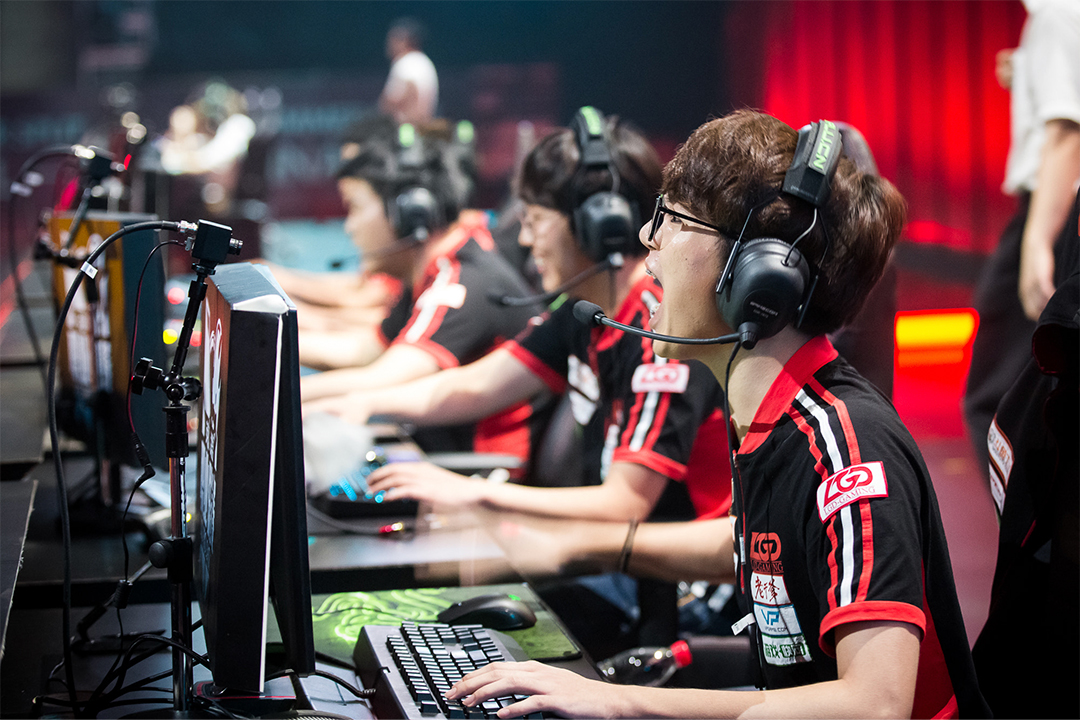The eSports industry is flourishing and competitive video games are being rapidly integrated into pop culture. Whether it’s due to investments from celebrities like Drake and Michael Jordan, or increased coverage on platforms such as ESPN, eSports viewership is growing at an incredible speed. The audience for competitive gaming has increased by 11.5 per cent between 2022 and 2021 and averages about 29.6 million people per month. Team SoloMid, the most valuable eSports team according to Forbes, has an estimated appraisal of $410 million.
Gaming has matured from its humble arcade roots to a complex digital ecosystem with team owners, endorsements deals, promotional crews, and franchises. However, research suggests that the video gaming industry causes horrifying environmental damage. US gaming consoles are linked to 34 terawatt hours a year in energy usage, which is equivalent to the carbon dioxide emissions of roughly five million cars.
Even if gamers decided to forgo digital consoles to decrease ewaste, higher engagement with cloud computing games would mean increased usage of data centres. These buildings can be regarded as electric factories with IT equipment. They consume electricity and water and provide data and heat in return, worsening anthropogenic global warming.
By combining consumers’ desire for high-performing big consoles and conforming to the demands for server-side computing, the gaming industry is matching that demand with supply; and that decision is dangerous to the natural world.
Teams efforts to combat the climate crisis
Nonetheless, not all hope is lost. In 2021, the Global Esports Federation joined the Sports for Climate Action initiative by the United Nations Framework Convention on Climate Change. The agreement has 350 signatories, including Formula One, the NBA, and the Canadian Olympic Committee. Joining Sports for Climate Action is a step in the right direction, since change begins with accountability. By acknowledging the part that eSports play in the climate crisis, it becomes easier to devise a plan for improvement.
Improvements can be observed within the operational methods of different eSports teams. Betclic Apogee is the first eSports team to achieve zero carbon certification worldwide. The Portuguese organization installed proprietary software on the players’ machines to calculate the team’s ecological footprint. The carbon emissions are then added, with travel included in the final value. Betclic Apogee then attempts to achieve neutrality by purchasing carbon credits through a company called ZEROcertified. However, some experts have warned that carbon offsets are anything but a solution to the climate crisis.
After successfully earning their certificate, the Apogee team partnered with Esports Insider to organize a roundtable discussion called Carbon Neutral Collective. The session took place on September 5–7, 2022, and brought together European Esports tournament operators and players, who talked about the steps that can be taken to reduce the industry’s carbon footprint.
The individual effort
It is heartwarming and inspiring to notice eSports teams coming together to support goals about environmental sustainability. Yet, the efforts of individual teams are insufficient when it comes to moving gaming in a better direction. Organizations with real power are still continually falling short of their goals. Within the gaming industry, trends illustrate that corporate giants who produce consoles and create games often dodge highlighted environmental concerns by passing the responsibility of improvement onto individual users.
Gaming companies know the negative impacts of the industry and have promised changes. Sony has produced an optional “low power mode” for the PlayStation 5, which is estimated to use around 0.5 watts. The company claims that the activation of low power mode by one million users can save the electricity use of 1,000 US homes. Xbox Series S and X have similar options when not in active use. Be that as it may, the onus of using that option is dependent on the user and not built into the console. Sometimes players might not even know that these features exist.
Although Microsoft, Sony, and Nintendo have all set goals for carbon neutrality, the results of their proposed steps lack transparency. Creating goals and following through on goals are two completely different things. Without the existence of accountability mechanisms for these businesses, it is difficult to track the efficacy of their claims. Individual action is beneficial, but for long-term sustainability, gaming infrastructure has to change.
Looking into the future
For now, it is essential to realize that the carbon impacts of eSports are sometimes swept under the rug. To improve, avid gamers can begin by familiarizing themselves with environmentally friendly options on their console. As for viewers of eSports, showing concern can motivate corporate actors to alter practices because they are lured by profits.
Video games are a form of entertainment, but for the people connected to the eSports industry, they serve as a livelihood. Consumers have increased leverage in the direction of development within relatively newer industries. This new sport has potential and, with the right amount of coaxing, can be shaped to be better for the planet.


